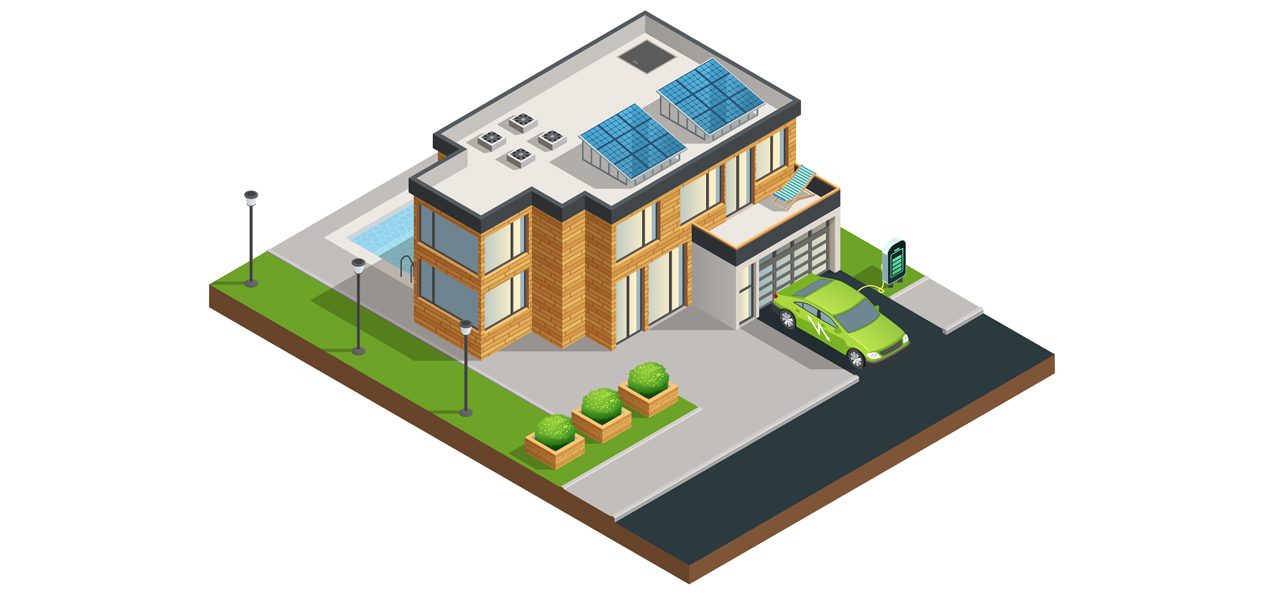
In most industries, companies are already reeling from huge fuel costs and the rise in costs is pushing the operating costs higher, making it difficult to maintain profitability. There are alternate options like solar, wind, and tidal energy available in the market with their own features and limitations, which can replace traditional fuel sources. By and large, solar energy is the leading source of non-conventional energy in India because of the availability of tropical sunlight for the most part of the year as well as its low maintenance cost. But if you are considering making it a viable alternative for your plant, you need to analyse all the factors that will influence your business before you take the final decision.
Is my built-up real estate suitable for the move to Solar?
Because of the location of India in the southern hemisphere, the solar panels need to be tilted and facing the southern skies. Does your roof have such south-facing slopes already? If yes, you stand to save a lot of money since you will need such structures to make the panels face south. Another thing you must check is if there are high rises and other tall structures in your vicinity. If there are too many such buildings close by, your solar panels will not receive enough sunlight because of the shadows of these tall structures. Remember, the longer the duration of direct sunlight on your panel, the higher the viability of the solar plant.
Am I ready for high capital expenditure for Solar?
Once you are sure about the built-up infrastructure of your plant, it is time to think about the funding. Solar energy requires a large capital amount in the first year and the viability starts increasing as the years go by. In the first year, you need to install panels that meet your requirements, then connect those solar panels with electric equipment and solar power generation units that are essential. You also need to build a monitoring and maintenance system for the upkeep of your plant. If your buildings and rooftops are not suitable for solar, then you need to invest even more in customising rooftops and other vacant areas in the vicinity of your business. If you plan to install solar-powered charging stations for electric vehicles, you must incorporate the costs for that as well.
What are the major components of the Solar Power Generation unit?
As mentioned earlier, solar panels are the primary components for receiving solar energy. The photovoltaic cells in the panel convert the solar energy into DC power supply, which is then stored in the batteries. When you want to use the energy for your plant, you must convert it into AC power using inverters. You will also need monitoring devices to check whether the supply is of expected voltage and frequency. You must also establish a network of wires, switches and protection devices for safety and connectivity within the plant and with power grid if required.
How can I arrive at a quick cost calculation for my requirement? Are there some thumb rules?
Before going solar, you must do a detailed feasibility analysis and here are some ballpark estimates to get you started. In India, you get solar energy for an average of eight hours. One hour of solar energy can ideally give 300 Watt of power. Hence, eight hours of sunlight will give 2,400 Watt or 2.4KW for one panel. So, if you need to generate 240 kWh of electricity, you will need 100 panels.
One solar panel measures 77×21 inches and takes up an area of 11 square feet. So, 100 panels will take up an area of 1.100 square feet.
A thumb rule for space requirement is: A 1 kW rooftop system generally requires 10 sq. metres (approximately100 sq.ft) of shadow-free area. Therefore, 240 kw will take 2,400 sq m. Actual sizing, however, depends on local factors of solar radiation and weather conditions, efficiency of solar module, shape of the roof etc.
If any of these factors, for example less than 8 hours of shadow-free solar radiation, is sub-optimal the number of panels and space required will increase.
One panel weighs around 20 pounds (lb). 100 panels will weigh 2,000 pounds or almost 1 ton. You must have enough space to house such a large setup and your structures should be strong enough to bear its weight if you plan to install rooftop solar panels.
Are there subsidies and government schemes to support me? How does it work?
If you are ready to take the first step and invest in solar energy, there are plenty of Government Schemes and subsidies to make it sustainable and viable for you. All Indian states and union territories are classified into various groups for this purpose. If you are in the ‘general category’ state, you get subsidies worth 30% of the installation cost. If you are in special states, you get 70% of the benchmarked installation costs. In any case, you will have to bear the cost of the initial investment. There are also some support schemes run by various State Nodal Agencies (SNAs) that may provide additional support. State electricity distributor companies can also buy excess electricity from you and add to your revenues. To know the details of subsidies and other relevant government schemes, click here.
Some Related Post You May Be Interested
